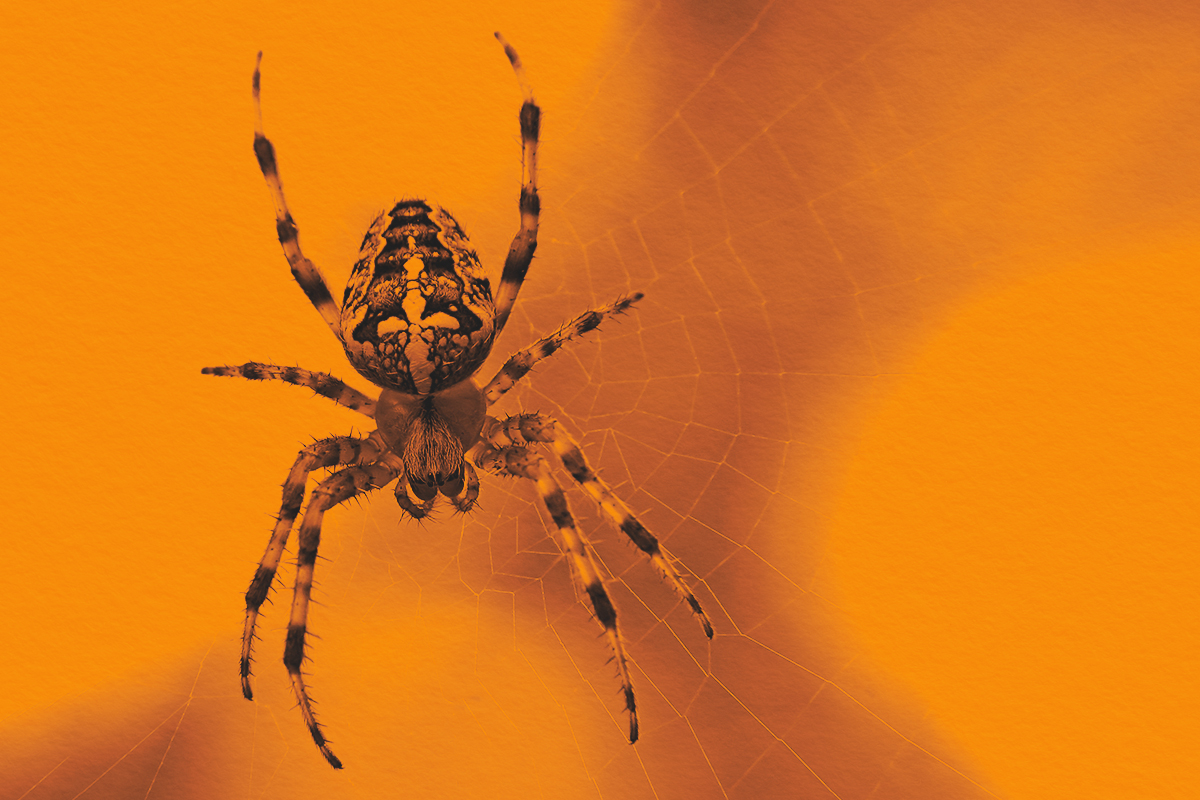
Chilly temperatures, throngs of holiday shoppers, and festive family meals can only mean one thing: The winter season, or should we say, wintertide, is upon us. “Wintertide” is a 12th-century word synonymous with “wintertime,” though “wintertide” is probably seen only in literature now. Of course, this isn’t the only archaic winter-season word that’s been lost to the history books. Check out some of these antiquated words for gift-giving, cold weather, and even overeating, to elevate your winter repertoire.
The next time you’re walking in the snow, use the word “algid” to describe how you’re feeling — cold. This 17th-century word was documented in Henry Cockeram’s The English Dictionarie of 1623, meaning “chill with cold.” It can be used as a synonym for “frigid” or “arctic,” and it comes from the Latin word algēre, meaning “to feel cold.” However, this once-wintry word is more closely linked with the medical field today. Doctors use “algid” to describe a person with cold, clammy skin and low blood pressure.
While it looks like it should be a rude word, “crapulence” is actually a perfectly cromulent term for holiday parties. This archaic adjective describes a lack of restraint while eating or drinking that ultimately causes headache or illness. (Remind anyone of an extravagant holiday party?) It’s been part of English since the mid-17th century and came from the Latin word crapula, meaning “excessive drinking.”
Millions of people will experience this every winter. “Ninguid” (or “ningid”) means “where much snow is.” It was published in Thomas Blount’s Glossographia in 1661, but it’s unclear when it was first coined. The Latin root nivalis, meaning “snow,” also gives us the adjective “nival,” describing “a place of perpetual snow,” often very high elevations or northern regions.
Most people can appreciate the feeling of the sun on their face during a cold winter day, and “apricity” describes exactly that. Though it’s no longer in most modern dictionaries, it was likely first recorded in Henry Cockeram’s dictionary in the early 17th century. Its entry reads: “Apricitie: The warmness of the Sunne in winter.” It was created from the Latin term apricitas, meaning “sunniness” or “sunshine.” It’s closely related to “apricate,” another old-fashioned term that means “to bask in the sun.”
One of the hallmarks of the holiday season is gift-giving. Though this word is not found in many dictionaries today, “doniferous,” meaning “gift-bearing,” was in use centuries ago. We know it was printed in a 1677 early English dictionary by Elisha Coles.
If something is related to winter, it’s “brumal.” The 16th-century word is seen in early English dictionaries, including Cockeram’s, where it meant “of or belonging to winter.” It’s rarely used today, but is still included in some modern dictionaries as an adjective for “indicative of winter.” It can be seen throughout history and literature, such as in Frederick William Wallace’s 1920 book, The Viking Blood, in the line, “On a brumalNovember day, the Sarmania was to sail on her first trip under the Sutton house-flag.” The word comes from the Latin adjective brumalis (bruma means “winter”).
Many people have a tradition of generosity and giving to charity during the winter season. There are various words for this, but a popular term in the past was “alms,” a noun denoting money, food, or other donations given to those in need. It’s been around since at least 1000 CE, when it was used in Middle English as “almes.” It was derived from the Greek eleēmosýnē, meaning “compassion.”
This synonym for “frozen” dates back to the 13th century as an alteration of “froren” in Middle English. It came from the Old English word frēosan, meaning “to freeze.” Irish fantasy writer Lord Dunsany used “frore” in his 1912 short-story collection, The Book of Wonder, in the line, “Her beauty was as still sunsets of bitter evenings when all the world is frore, a wonder and a chill.”













































